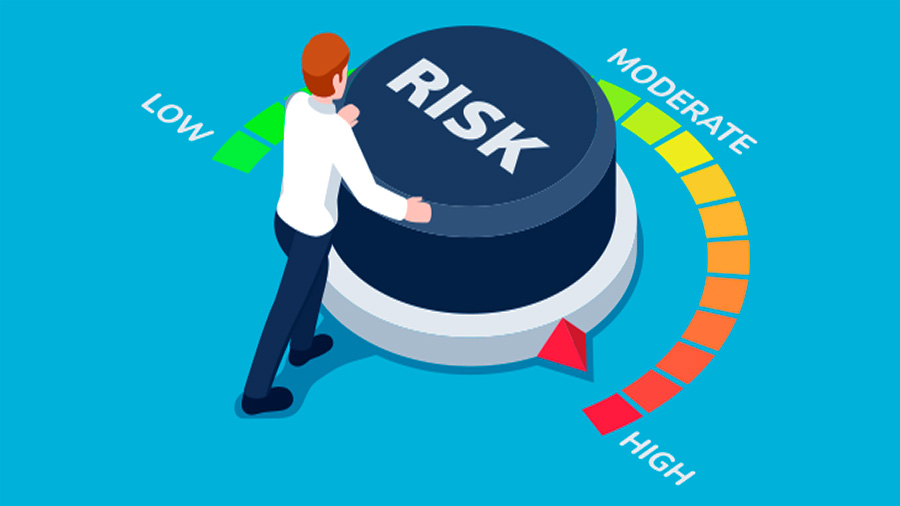Credit rating agencies play a critical role in guiding investment decisions by assessing the creditworthiness of companies and debt instruments. These agencies, including Moody’s, Standard & Poor’s, and Fitch, assign ratings that range from AAA (the highest rating) to D (default), helping investors gauge the level of risk associated with various investments. Higher-rated securities indicate lower risk and can attract conservative investors, while lower-rated ones present greater risk but may offer higher returns. These ratings also affect a company’s ability to raise funds and influence the terms of loans, shaping both corporate growth and investor decisions.
How Do Credit Rating Agencies Influence Investment Decisions?
Credit rating agencies influence your investment decisions by grading the financial health and risk of companies and debt instruments. These ratings range from AAA (excellent) to D (default) and help you understand the risk associated with investing in a specific bond or company. A higher rating means lower risk, while a lower rating signals higher risk.
Agencies like Moody’s, S&P, and Fitch analyze financial statements, market conditions, and management performance to produce these ratings. Their evaluations are crucial because they provide you with a standardized measure of credit risk, guiding you on whether to invest in or avoid specific securities. Many institutional investors depend on these ratings to comply with investment mandates that require minimum rating standards for their portfolios.
Credit ratings also impact how easily companies can access financing. A good rating lowers borrowing costs, while a poor rating can make loans more expensive or even unattainable. For you, this means a company’s rating can directly influence its growth prospects and, consequently, your investment returns.
As a final point, by evaluating and reducing the information gap between you and potential investments, credit rating agencies empower you to make well-informed decisions about where to put your money.

What Are The Best Practices For Mitigating Credit Risk?
You can mitigate credit risk effectively by following these best practices:
- Regularly Assess Borrower’s Financial Health: Start by regularly assessing a borrower’s financial health, credit history, and industry conditions. Assign a risk rating and set appropriate loan terms. Robust underwriting standards ensure that only low-risk borrowers are approved, minimizing potential defaults.
- Use the 5Cs of Credit: Use the 5Cs of Credit—Character, Capacity, Capital, Collateral, and Conditions—to evaluate and mitigate lending risks.
- Consistently Monitor Borrowers’ Performance: Consistently monitor borrowers’ performance and financial health to make timely adjustments to credit terms.
- Maintain Comprehensive Credit Policies: Maintain comprehensive credit policies outlining decision-making guidelines, credit extension terms, and the collection process.
- Use Risk-Based Pricing: Use risk-based pricing by adjusting interest rates and terms based on the assessed risk level of each borrower.
- Secure Loans with Collateral: Secure loans using collateral and enforce loan covenants to protect against defaults.
- Diversify Your Loan Portfolio: Diversify your loan portfolio to avoid overexposure to any single industry or sector.
- Encourage Early Payments: Encourage early payments through discounts and shorten payment terms for high-risk accounts.
- Regularly Train Employees: Regularly train employees on credit risk management practices, underwriting processes, and risk response strategies.
- Develop a Credit Risk Response Plan: Develop and maintain a credit risk response plan with clear protocols and post-incident reviews.
Bringing it all together – adopting these best practices for assessing credit health, using risk-based pricing, ensuring robust underwriting, and diversifying your portfolio will help you mitigate credit risk and maintain financial stability.
How Do Financial Institutions Use Credit Risk Modeling To Manage Exposure?
Financial institutions use credit risk modeling to manage exposure by predicting the likelihood that a borrower will default on a loan. You rely on these models, which use statistical and machine learning techniques to analyze historical data and various factors, such as financial ratios, credit scores, and macroeconomic indicators. By calculating the probability of default (PD) and the potential loss given default (LGD), you can make informed lending decisions, set appropriate interest rates, and determine loan structures.
You benefit from these models by minimizing the risk of losses from defaults and ensuring a balanced and profitable loan portfolio. Additionally, credit risk models help you comply with regulatory requirements and allocate capital effectively.
All things considered, using credit risk modeling allows you to predict defaults more accurately and manage your exposure effectively.

What Is The Significance Of Credit Risk Reporting In Financial Management?
Credit risk reporting is crucial in financial management because it helps you understand the likelihood that a borrower may not repay a loan, which can lead to financial losses. This reporting involves assessing a borrower’s financial health, credit history, and other factors to predict and manage potential risks.
First, credit risk reporting allows you to identify risks. By assessing a borrower’s past credit behavior and current financial status, you can evaluate their creditworthiness and make informed lending decisions. This knowledge helps you understand who is more likely to default.
Second, it helps you mitigate losses. You can take proactive measures, such as diversifying your portfolio, to minimize potential losses. By understanding the concentration of risks in specific borrowers or sectors, you can spread out risks effectively.
Third, credit risk reporting enhances financial stability. Regular and thorough reporting keeps your financial institution stable and resilient against potential defaults. This stability is crucial for maintaining trust with investors and regulators.
We advise you to use credit risk reporting tools and models like FICO scores, default risk analysis, and the five Cs of credit (character, capacity, capital, collateral, and conditions). These tools will help you comprehensively assess the financial stability of borrowers.
Lastly, staying on top of credit risk reporting guides your financial institution through uncertainties, ensuring better management of your lending portfolio.
How Does Credit Risk Analysis Impact Lender Decision-Making?
Credit risk analysis impacts lender decision-making by assessing how likely you are to repay your loan.
Lenders evaluate your creditworthiness by examining your credit history, income, and financial stability. This helps them decide whether they should approve your loan application.
Based on your credit risk, lenders set the terms and conditions of the loan, such as interest rates and credit limits. Higher risk often leads to higher interest rates and stricter terms.
By identifying high-risk borrowers, lenders can mitigate financial losses. This ensures they lend responsibly and maintain cash flow.
Lenders use advanced models like predictive models and machine learning to forecast your ability to repay. These models rely on your past behavior and other data to gauge risk accurately.
Credit risk analysis helps lenders allocate their resources efficiently, ensuring they invest in reliable borrowers and sustain a healthy loan portfolio.
Finally, credit risk analysis enables lenders to make strategic, informed decisions, safeguarding their interests while offering you fair loan terms if you have a solid credit profile.

